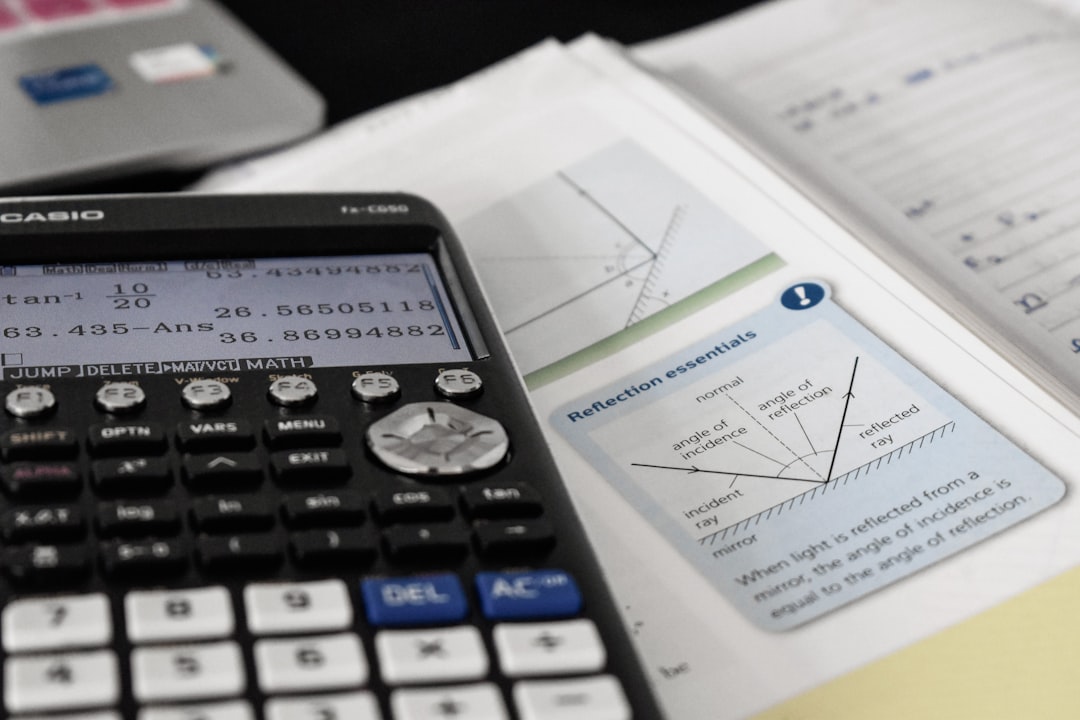How To Use Trigonometry Like In Excel?
In the world of data analysis, understanding trigonometry can significantly enhance your capabilities, especially when working with tools like Microsoft Excel.
This article aims to guide you through the intricacies of using trigonometry in Excel, with a particular focus on the unit circle chart and essential functions like sine, cosine, and tangent.
Basics of Trigonometry
Trigonometry is a branch of mathematics that deals with the relationships between the sides and angles of triangles. In Excel, this translates to the utilization of trigonometric functions to analyze and manipulate data effectively. The fundamental functions include sine, cosine, and tangent, each playing a unique role in various applications.
Unit Circle Chart
The unit circle is a crucial concept in trigonometry, providing a visual representation of angles and their corresponding trigonometric values. Understanding the unit circle chart is essential for anyone delving into trigonometry in Excel. The chart simplifies complex calculations and aids in quick data interpretation.
Utilizing the Unit Circle Chart in Excel
Now, let’s explore how to integrate the unit circle chart into Excel. Follow these steps to insert a unit circle chart, customize it to meet your specific needs, and incorporate trigonometric functions seamlessly into your Excel formulas.
- Step One: Inserting the Unit Circle Chart
– Open Excel and navigate to the desired worksheet.
– Click on the “Insert” tab and select “Doughnut Chart” from the options.
– Adjust the chart size and position as needed.
- Step Two: Customizing the Chart
– Double-click on the chart to open the formatting options.
– Modify the colors, labels, and data series to enhance clarity.
– Add a legend to make the chart more user-friendly.
- Step Three: Integrating Trigonometric Functions
– In a neighboring cell, input the desired trigonometric function (e.g., =SIN(A1) for sine).
– Reference the angle cells within your formulas to dynamically update calculations.
Benefits of Using Trigonometry in Excel
The integration of trigonometry in Excel offers a myriad of benefits. From improved data analysis capabilities to real-world applications in business and finance, mastering trigonometry enhances the accuracy of mathematical modeling, providing valuable insights.
Sin, Cos, Tan: Deeper Insights
Now, let’s delve deeper into the sine, cosine, and tangent functions. These functions play a pivotal role in trigonometry and can be seamlessly applied in Excel for various purposes. Let’s explore practical examples and gain insights into troubleshooting common issues.
FAQs
Can I use trigonometry in Excel without prior mathematical knowledge?
Yes, this article provides simplified approaches for beginners, making it accessible to those without extensive mathematical backgrounds.
What are the common mistakes to avoid in trigonometric calculations?
The article covers common mistakes and offers tips on identifying and correcting errors to maintain accuracy.
Are there advanced applications of trigonometry in Excel?
Absolutely, the article explores advanced features and real-world case studies showcasing the versatility of trigonometry in Excel.
How can I troubleshoot Excel issues related to trigonometry?
The “Common Mistakes to Avoid” section provides insights into troubleshooting common Excel issues related to trigonometry.
Where can I find additional resources for practicing trigonometry in Excel?
The “Interactive Learning” section suggests hands-on exercises and challenges, along with online resources for further practice.
Conclusion
In conclusion, mastering trigonometry in Excel opens up a world of possibilities for data analysts and mathematicians alike. From the basics of the unit circle chart to advanced applications and best practices, this article has provided a comprehensive guide. Take the time to apply these concepts in your Excel projects, and witness the transformative impact on your data analysis skills.
